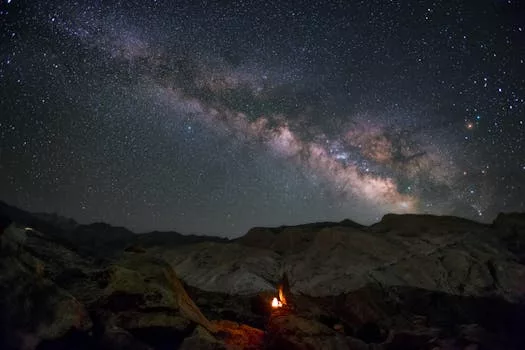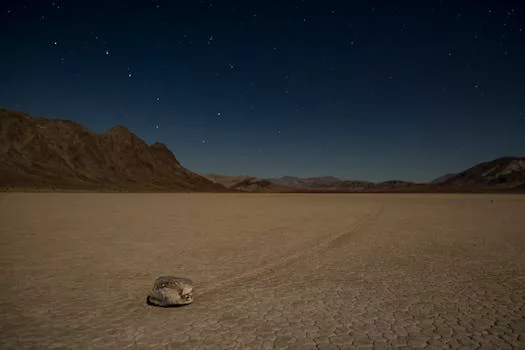
“
Beyond the Milky Way: Imagining New Worlds and Possibilities
Introduction to Space Exploration
Space exploration has long fascinated humanity, with the Milky Way galaxy being our home in the vast expanse of the universe. However, as we continue to advance in our understanding of the cosmos, we are compelled to look beyond the Milky Way and explore the possibilities of new worlds. This article delves into the latest discoveries and theories, imagining what could lie ahead in our quest for intergalactic knowledge.
Understanding the Milky Way and Beyond
The Milky Way is just one of billions of galaxies in the observable universe, each containing billions of stars and potential planets. The exploration of these galaxies and their contents is an ongoing endeavor, with missions like the Hubble Space Telescope and the James Webb Space Telescope expanding our view of the cosmos. As we explore beyond the Milky Way, we are not only looking for new celestial bodies but also seeking to understand the fundamental laws of physics and the origins of the universe.
Imagining New Worlds
The concept of new worlds is tantalizing, with the potential for discovering Earth-like planets, encountering alien life forms, or even colonizing other planets. Scientists use a variety of methods to detect exoplanets, including the transit method, which measures the decrease in brightness of a star as a planet passes in front of it, and the radial velocity method, which detects the star’s subtle wobble caused by an orbiting planet. These discoveries open up new avenues for space exploration and challenge our current understanding of what makes a planet habitable.
Takeaways
- The exploration of space beyond the Milky Way is an exciting frontier that pushes the boundaries of human knowledge and understanding.
- The discovery of new worlds and exoplanets challenges our perceptions of the universe and the potential for life beyond Earth.
- Ongoing and future missions in space exploration will continue to reveal the secrets of the cosmos, inspiring new generations of scientists, engineers, and explorers.






